A CMA (Credit Monitoring Arrangement) data report is a crucial financial document that banks use to assess your eligibility for a loan. It provides a comprehensive overview of your business's financial health, cash flow, and ability to repay the loan.
The report typically includes:
Past financials: A detailed look at your financial performance over the last three years.
Current financial year estimates: Projections for your business's financial performance in the ongoing fiscal year.
Next financial year projections: Forecasts for the upcoming fiscal year, outlining anticipated revenue, expenses, and profitability.
Fund flow statements: Analysis of how funds have moved in and out of your business.
Working capital assessment: An evaluation of your company's short-term assets and liabilities to determine its operational liquidity.
Banks depend on this report to gain insight into your business's stability, cash-generating capacity, and ultimately, your repayment capability.
While automated tools might seem convenient, they often have significant limitations when it comes to preparing a CMA report for a bank loan:
Lack of Business Acumen: These tools cannot understand the nuances of your specific industry or business model.
Rigid Forecasting: They rely on basic formulas, lacking the human logic needed for realistic and defensible financial projections.
Misalignment with Bank Norms: Reports generated by these tools often don't adhere to the specific guidelines and benchmarks banks follow.
Inability to Address Queries: They cannot provide explanations or justifications when bankers ask for clarifications, leading to potential roadblocks.
This often results in reports that are inaccurate or don't meet banking standards, which can cause delays or even outright rejection of your loan application.
Creating a CMA report is more than just inputting numbers; it's about crafting a clear financial narrative. A seasoned professional brings human judgment to:
Interpret Historical Trends: Analyze past performance to understand underlying patterns and drivers.
Justify Projections: Provide logical explanations for sales and expense forecasts, making them credible.
Adapt to Industry Realities: Adjust figures based on current market conditions and industry-specific factors.
Align with Your Business Model: Ensure assumptions accurately reflect how your business operates.
Unlike online tools that can't question, "Is a 40% sales increase truly achievable for this business?", an expert will critically evaluate such assumptions.
Every bank operates under strict assessment norms, frequently based on:
Tandon Committee Methods: Widely recognized guidelines for working capital assessment.
Key Financial Ratios: Benchmarks for current ratio, Debt Service Coverage Ratio (DSCR), and other crucial indicators.
Margin Requirements: Specific stipulations for inventory and accounts receivable.
An experienced professional is well-versed in these standards and prepares the CMA report accordingly, ensuring it is compliant from the outset.
Different business types – manufacturing, trading, and service-oriented – have distinct financial characteristics:
Inventory Cycles: How quickly inventory is acquired, processed, and sold.
Debtor Days: The average number of days it takes for customers to pay.
Fixed Asset Patterns: The nature and extent of long-term assets.
Seasonal Fluctuations: Variations in business activity throughout the year.
Only a skilled CMA consultant can customize the report to accurately reflect the specific dynamics of your industry. Generic online tools simply apply a one-size-fits-all approach.
Bankers can easily distinguish between a meticulously prepared CMA report and one that's been automatically generated. When your report is:
Neatly Presented: Clear and professional formatting.
Logically Constructed: Projections that make sense and are well-supported.
Backed by Realistic Assumptions: Figures that are believable and achievable.
...it significantly enhances your credibility, strengthens your negotiating position, and can even help you secure more favorable loan terms.
Banks frequently request:
Clarifications: Further details or explanations on specific figures.
Revised Projections: Updates to forecasts based on new information or bank feedback.
Additional Documents: Supporting evidence for claims made in the report.
An online tool cannot address these interactive demands. However, a CMA professional can efficiently revise, explain, and substantiate figures on your behalf, streamlining the entire process.
| Benefit | Why It Matters |
|---|---|
| Accuracy | Eliminates calculation errors and flawed assumptions. |
| Bank-Readiness | Adheres to bank-specific formats and compliance rules. |
| Personalized | Tailored precisely to your actual business model. |
| Defensible | Enables you to confidently answer banker questions. |
| Time-Saving | Prevents costly delays and repeated submissions. |
Export to Sheets
A CMA report is more than just a piece of paperwork; it's the financial cornerstone of your loan application. Submitting a poorly prepared or generic CMA report is akin to showing up unprepared for a crucial interview.
Instead, invest in an expert who understands:
Your business's unique operations.
The bank's perspective and assessment criteria.
The most effective way to present your financials to secure approval.

Get accurate and detailed CMA Data reports online to support your loan applications.
Copyright © 2025 CMA Data Online All Right Reserved


